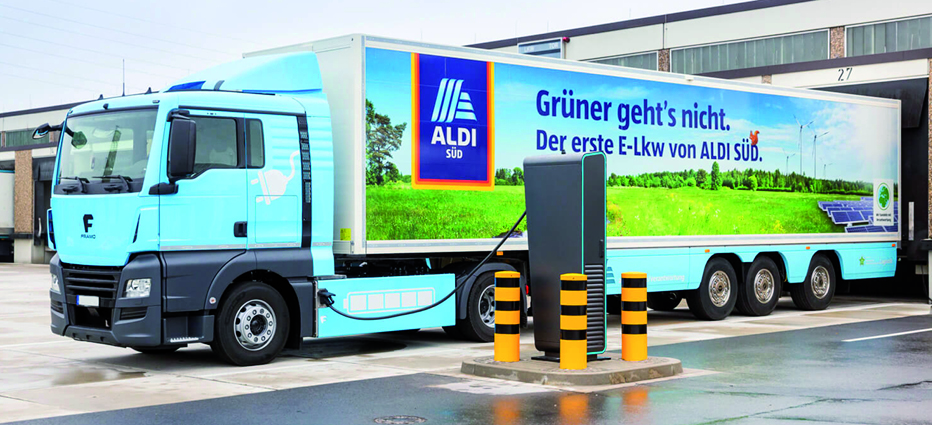Meet the new Volt, not the same as the old Volt. That appears to be the story when General Motors introduces the 2016 Chevy Volt at the Detroit Auto Show in January. Today we’re getting some more details on the guts of the new plug-in hybrid, and it turns out they’re going to be much improved from the current Volt, which first went on sale at the end of 2010.
Sure, the first-gen Volt did get some improvements along the way (a slightly larger battery pack, lane departure warnings) but the new Volt – which will go on sale in the second half of 2015 – marks the first time GM has been able to return to the drawing board and really make the improvements that its customers want. That’s how Larry Nitz, GM’s executive director of vehicle electrification explained it to AutoblogGreen today when explaining the all-new Voltec extended range electric vehicle (EREV) powertrain.
Nitz said that the new Volt will be better in almost every sense: a bigger battery, longer EV-only range, 20 percent better acceleration in the low speed range and higher overall efficiency. This is due, in part, to the Volt’s two motors being able to both act as generators and power the car. As we noted this morning, the 2016 Volt will use a larger, 1.5-liter four-cylinder engine, a version of which is already used in the Chinese-market Cruze. Nitz said that this has a number of benefits, including more power and quieter operation. “Some people would say, why did you make [the first-gen engine] so big. I would say, why did you make it so small?” he said.
“It works good, our customers love it, but the reality is that if you go a little bit off and use the car a little harder, you can get the engine to need to operate at a higher speed. In an EV, that’s quite noticeable. So, what we did in the Gen 2 is we gave the engine a little more power, a little more torque, a little more displacement, more capability and what it has marginally enabled is not only is it more efficient but it’s also quieter.” Nitz wouldn’t talk about how the new powertrain might affect the two other products that use the Volt’s underpinnings – the Cadillac ELR and the Opel Ampera – but if you’ve got a quieter option, we assume that’s something ELR drivers would enjoy. But that’s a story for another day.
Today was all about the Volt in GM land, and the changes announced came from years of study of the almost 70,000 Volt drivers out there. GM has obviously talked to other owner groups about their cars, but for the new Volt, the company went off the deep end. It looked at aggregate data from all of the Volts where the owner opted in and studied 300 drivers in detail as it began thinking about how to design the new Volt. The company also talked directly to owners, and this conversation lasted until late in the design process. Some changes were suggested – and implemented – in late 2013, Nitz said.

Peter Savagian, GM’s general director of electric and hybrid vehicles, said that, “It warranted extra study because the Volt was a new breed of GM vehicles, that the user would decide how to fuel it, off the grid or off the pump. We made a lot of presumptions back in 2007-2008 and those presumptions were first-order engineering guesses. We were real anxious to see if what we assumed was correct. We got some surprise there, and the biggest one was that people really want to drive electrically and they seek out opportunities to charge. In fact, they charge more than once a day, on average.”
To that end, the new Volt gets the bigger battery we mentioned, but GM isn’t talking details just yet. The press release (available below) says that, the new pack’s revised cell chemistry, “increases storage capacity by 20 percent on a volume basis when compared to the original cell, while the number of cells decreases from 288 to 192.” But that doesn’t tell us exactly how much bigger than 17.1 kWh the 2016 Volt will come with.
As for further details, we’ll just need to wait. Nitz said that GM isn’t just being coy about the improved range numbers. It’s still waiting to hear from the EPA what the range will be. “We’re cautiously optimistic with out work but we can’t let it out what it is until we’re complete,” he said.